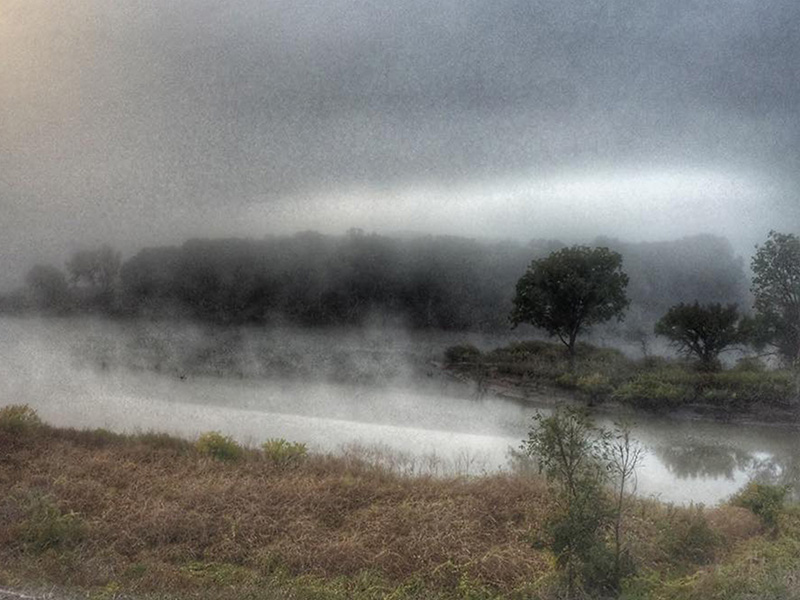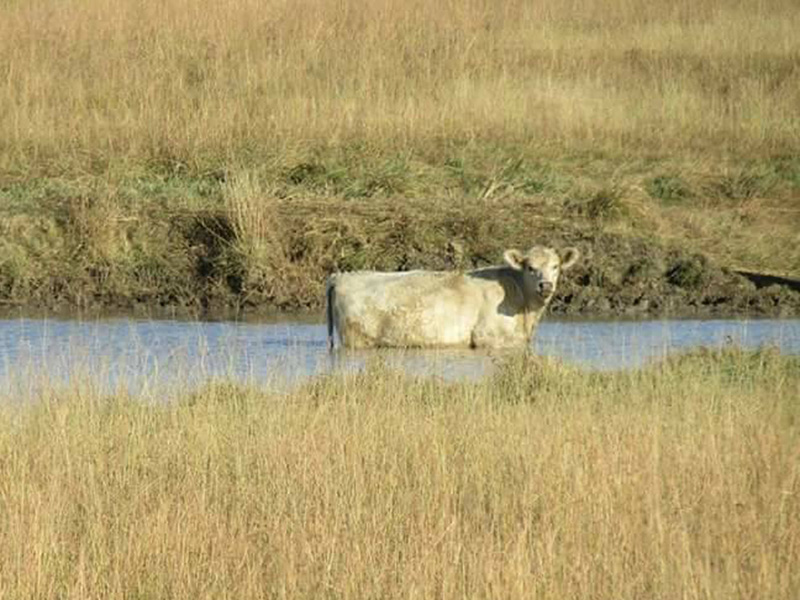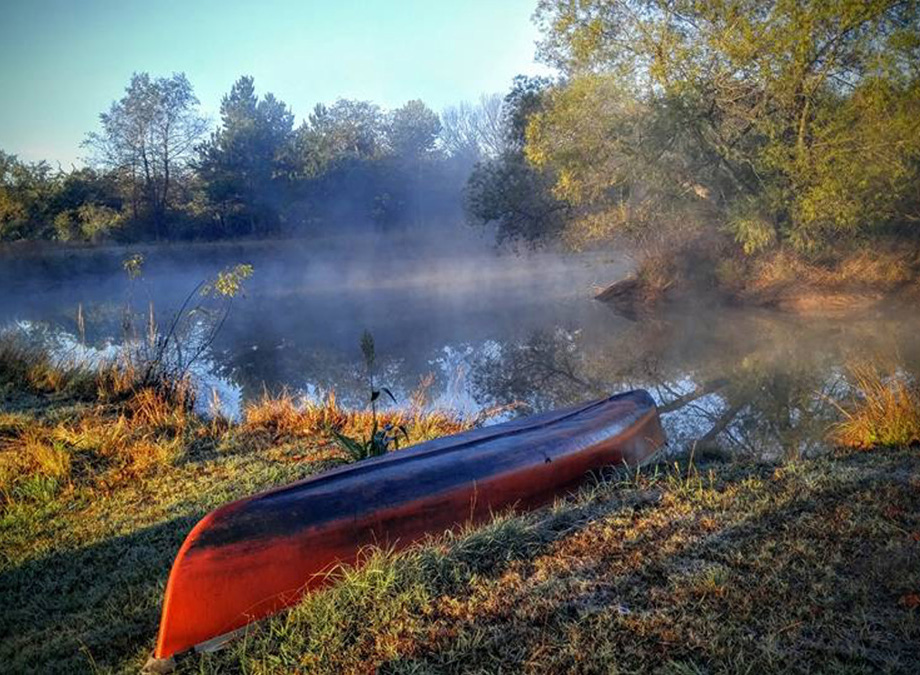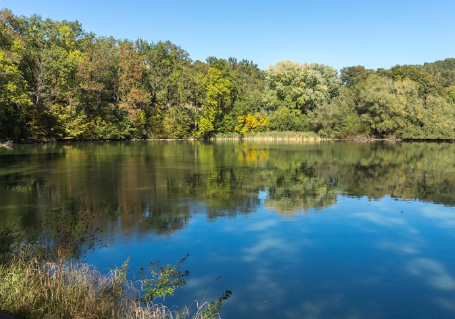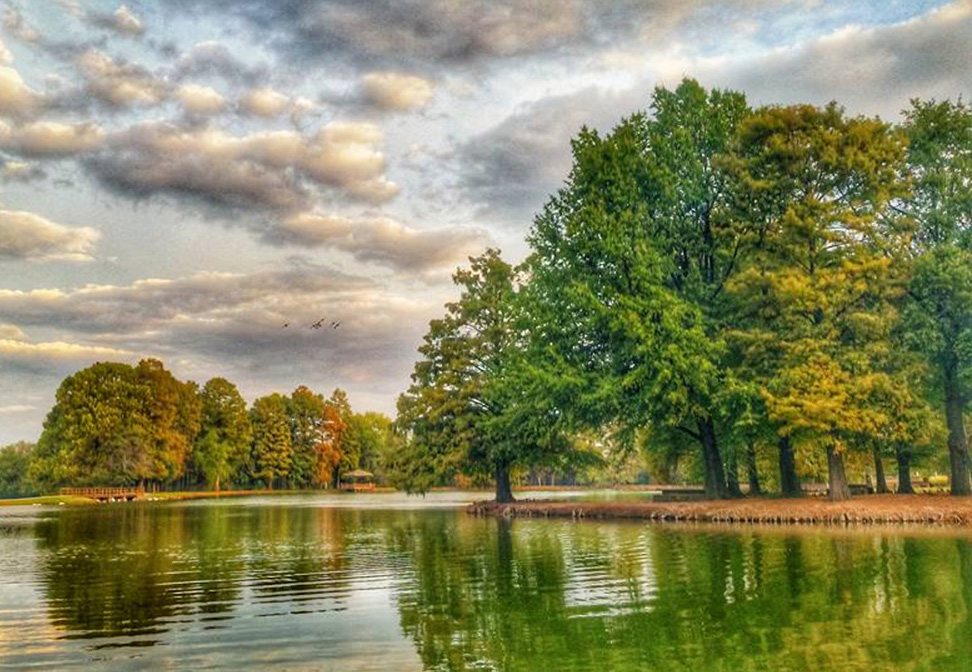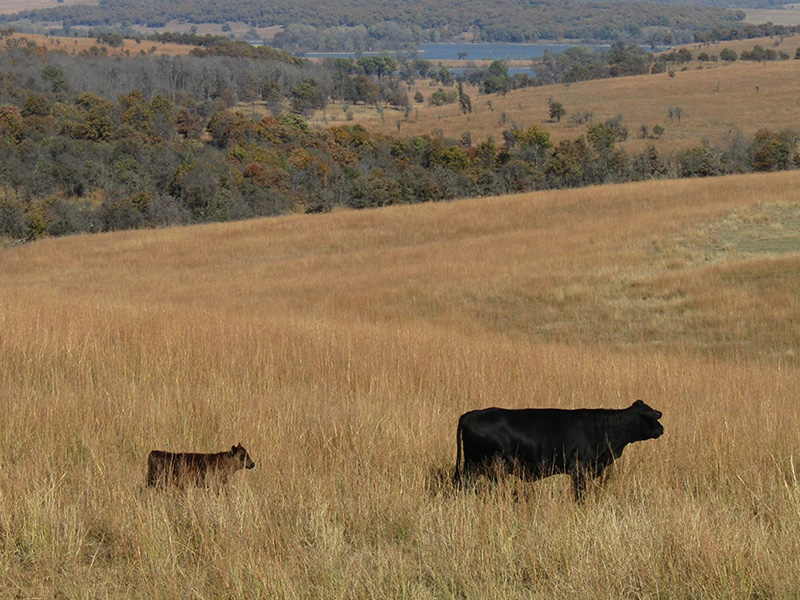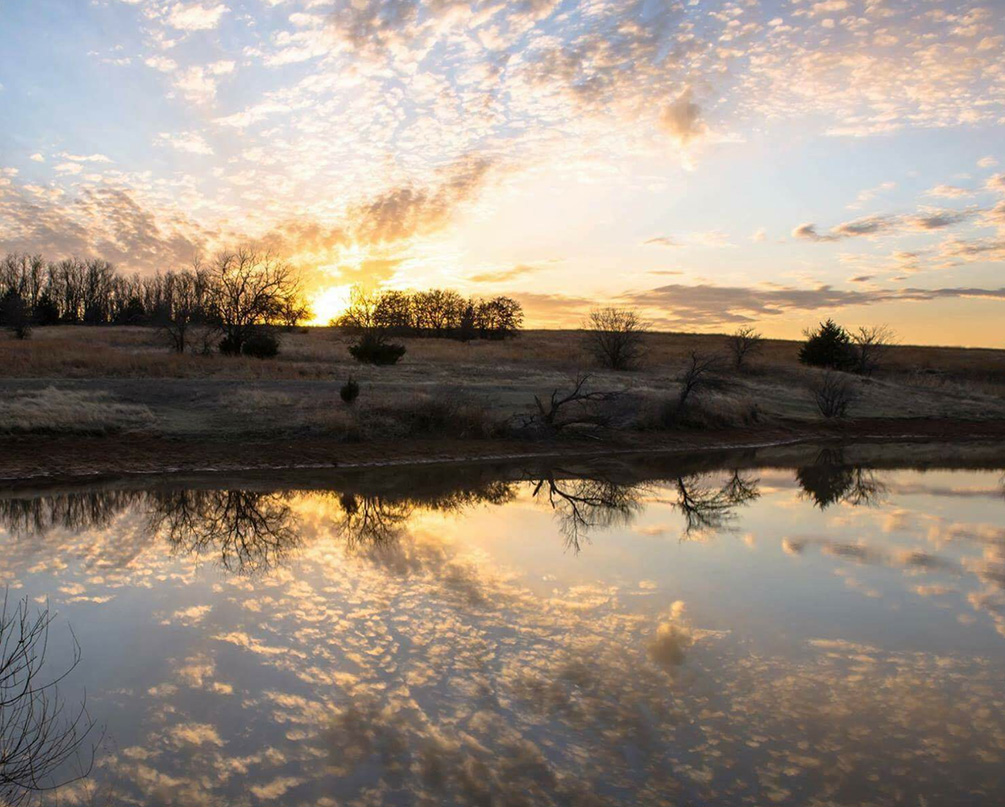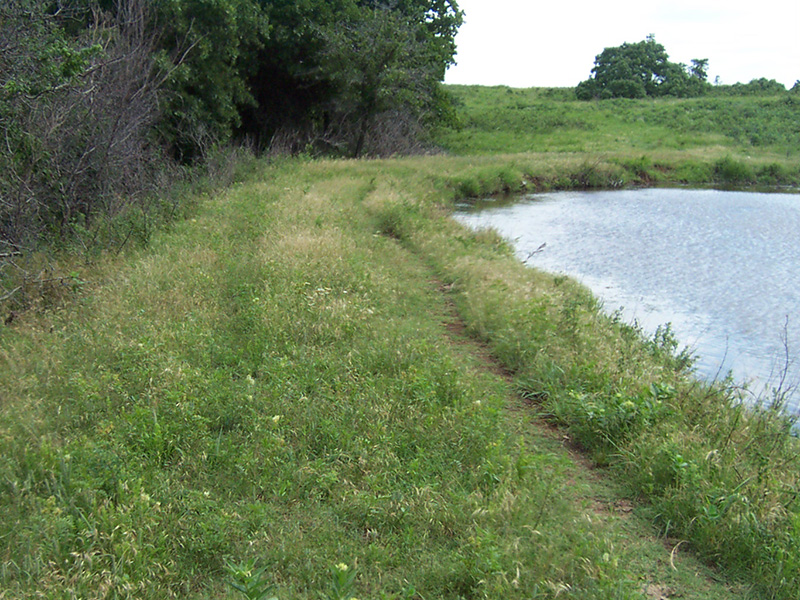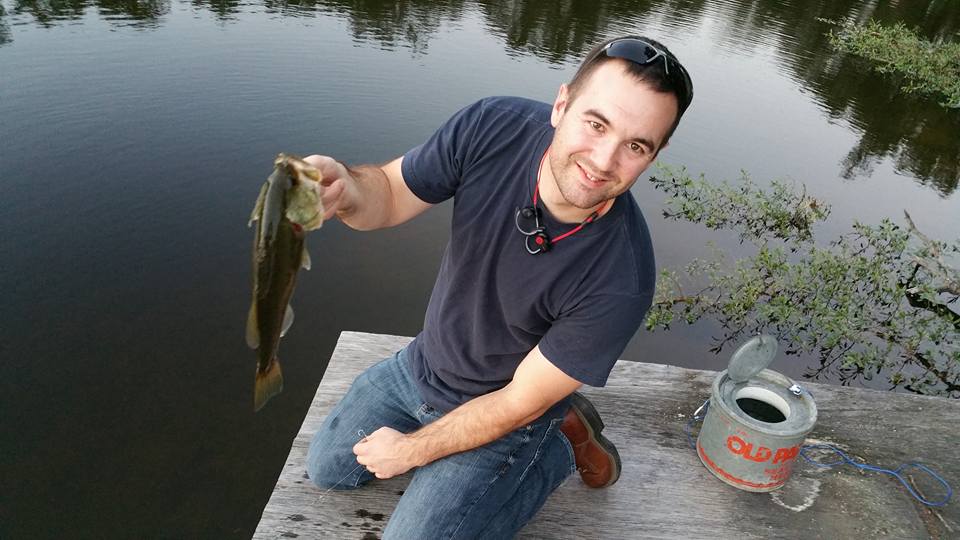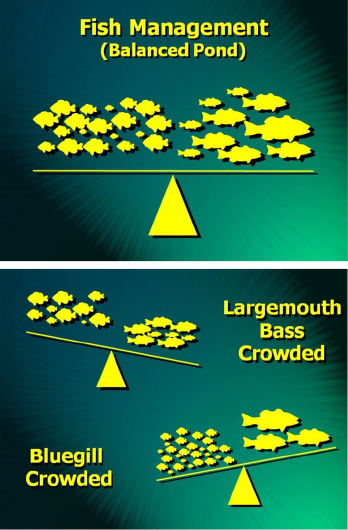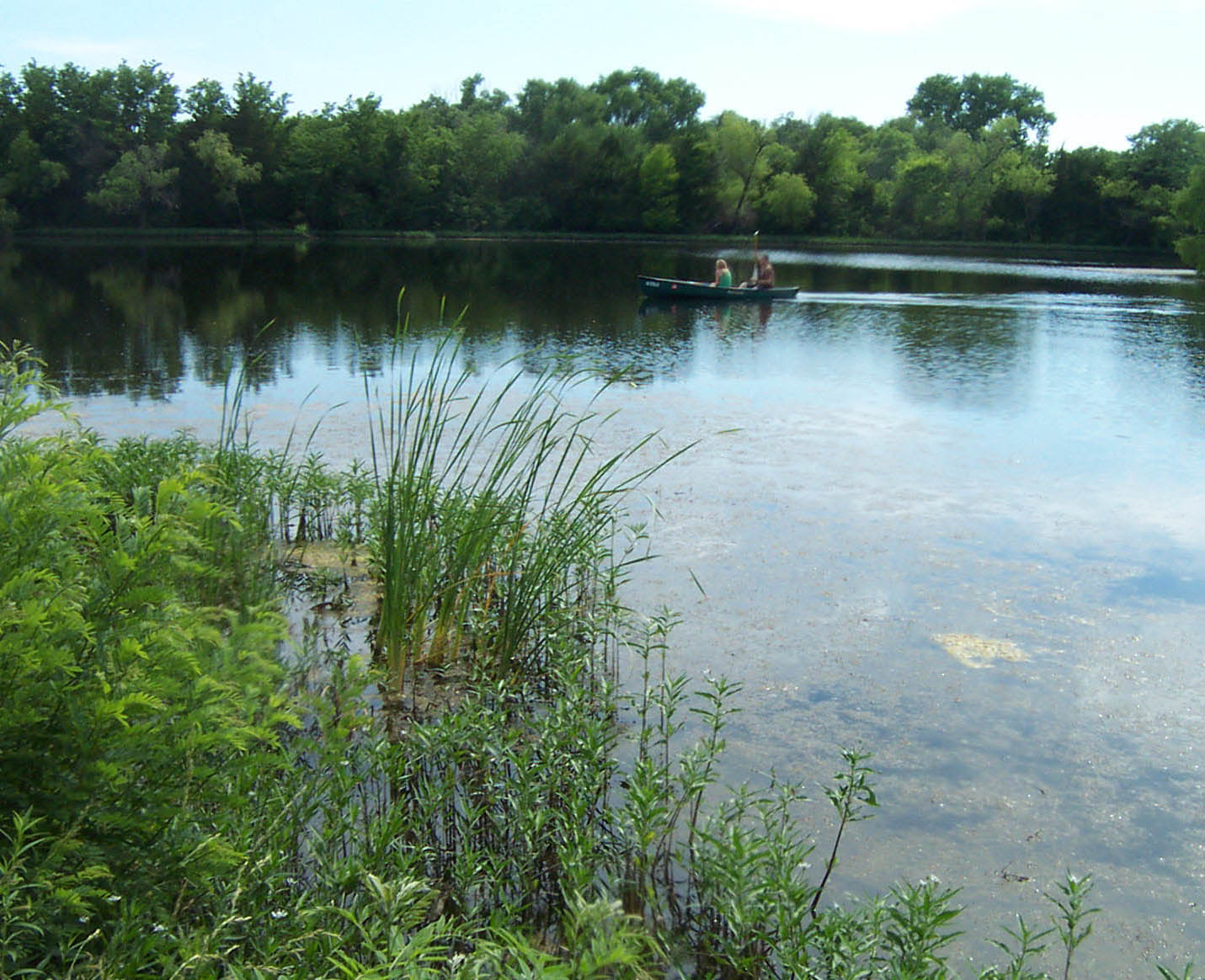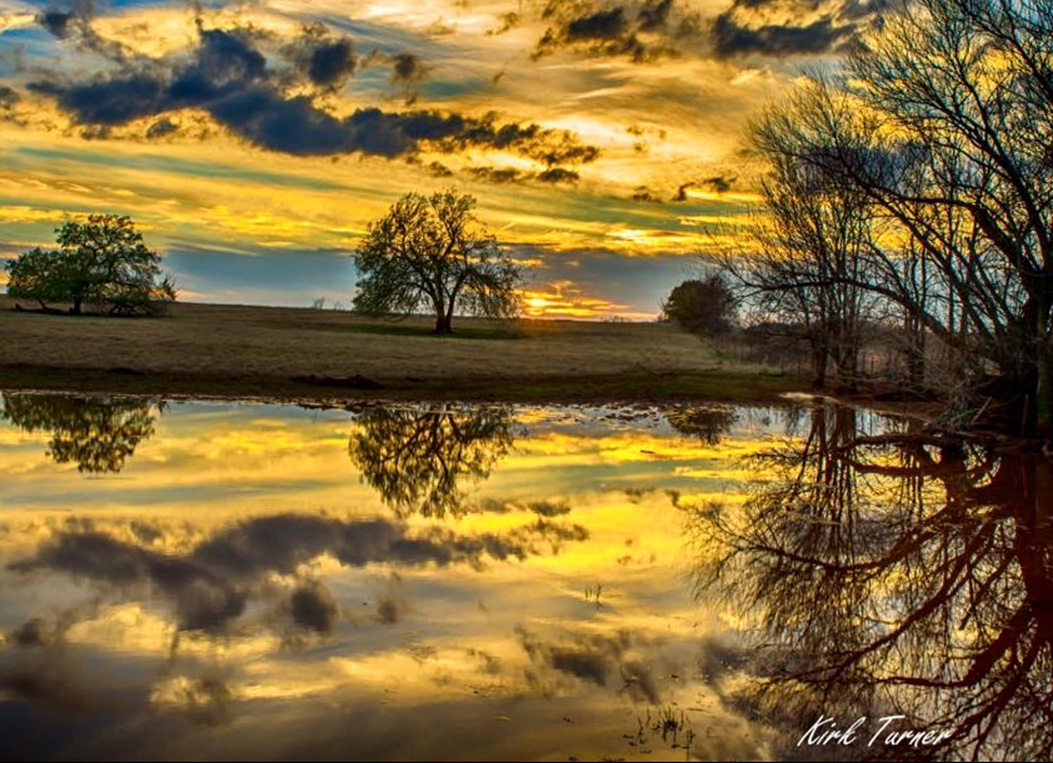The Pond Owner’s Plea
- Jump To:
- The Pond Owner’s Plea
The Pond Owner’s Plea
Ponds do not come with owner’s manuals. Most people stumble into being responsible for a pond without giving a thought to the understanding and management that will be needed. If pond owners could fully express what it is that they need, here is what they would say.
I need someone to help me understand how my pond works and how I can maintain it within the limits of my available time, resources and abilities. My pond is important, but not likely to be my first priority; I have many other demands to meet.
Photo courtesy Clifford Hewitt
I need someone who appreciates ponds just as I do – Someone who respects my objectives for my pond, whether they are recreational, aesthetic, utilitarian or all three.
Photo courtesy Felicitas Corrales of Shidler, Oklahoma
Most often when I reach out for advice, I have a serious problem for which I need help. Use this as an opportunity to teach me other things I need to learn and to point me towards other useful information.
Photo courtesy Garden Anywhere Box
I need inspiration, not just answers. This is a lot of work; show me real examples of people who are enjoying a payoff after investing time and resources to manage their pond.
Photo courtesy Ansgar Koreng, http://commons.wikimedia.org
Water makes life possible. Whether it is fish, livestock, wildlife, human use or all of these things, I need to appreciate the importance of protecting my pond against things that will degrade the quality of its water or decrease its quantity needlessly.
Photo courtesy Jenni Williams Carter of Muskogee, Oklahoma
I need to know that my pond’s watershed is important. Help me “see” the land area that catches rainfall and fills the pond and to be aware of good and potentially bad things in it that might harm my pond. Things like construction or dirt roads and the sediment from them that will muddy my pond unless the right steps are taken. Things like manure in livestock holding areas or chemical fertilizers from lush neighborhood lawns that will fuel excessive growth of algae.
Photo courtesy Felicitas Corrales of Shidler, Oklahoma
I may take my pond’s appearance and the enjoyment of it for granted. Find ways to remind my neighbors and me of how beautiful and useful ponds are so we will understand the need to manage and protect them.
Photo courtesy Kirk Turner
I need to understand the dam, spillways, overflow pipes and other physical structures of my pond. I need to know more about how they work and can best be maintained. Teach me the importance of keeping trees and brush and burrowing animals from weakening my dam. Teach me that good grass cover is all that stands between my dam and earthen spillway and ever worsening erosion problems.
Photo courtesy Marley Beem
Teach me to recognize the fish that are in my pond. I need to know what species I have and if any should be eliminated so the desirable species can thrive.
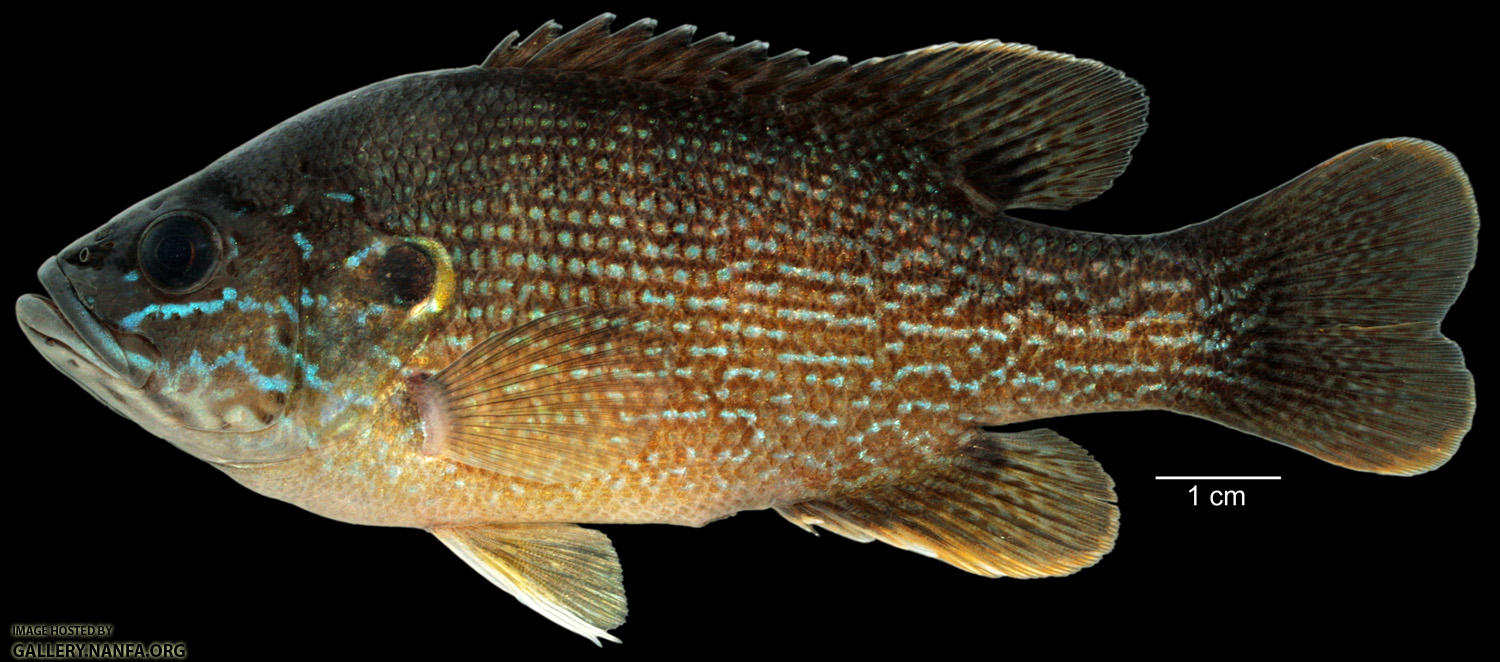 |
||
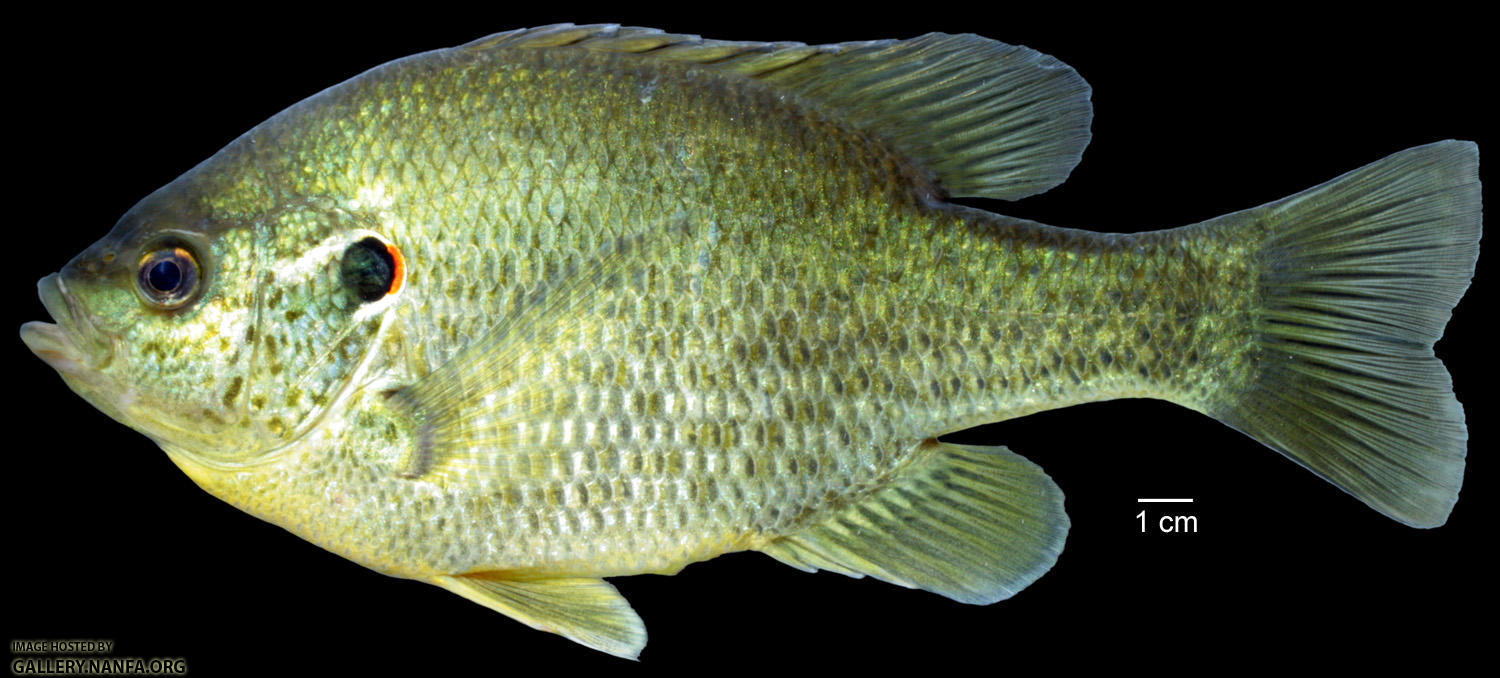 |
||
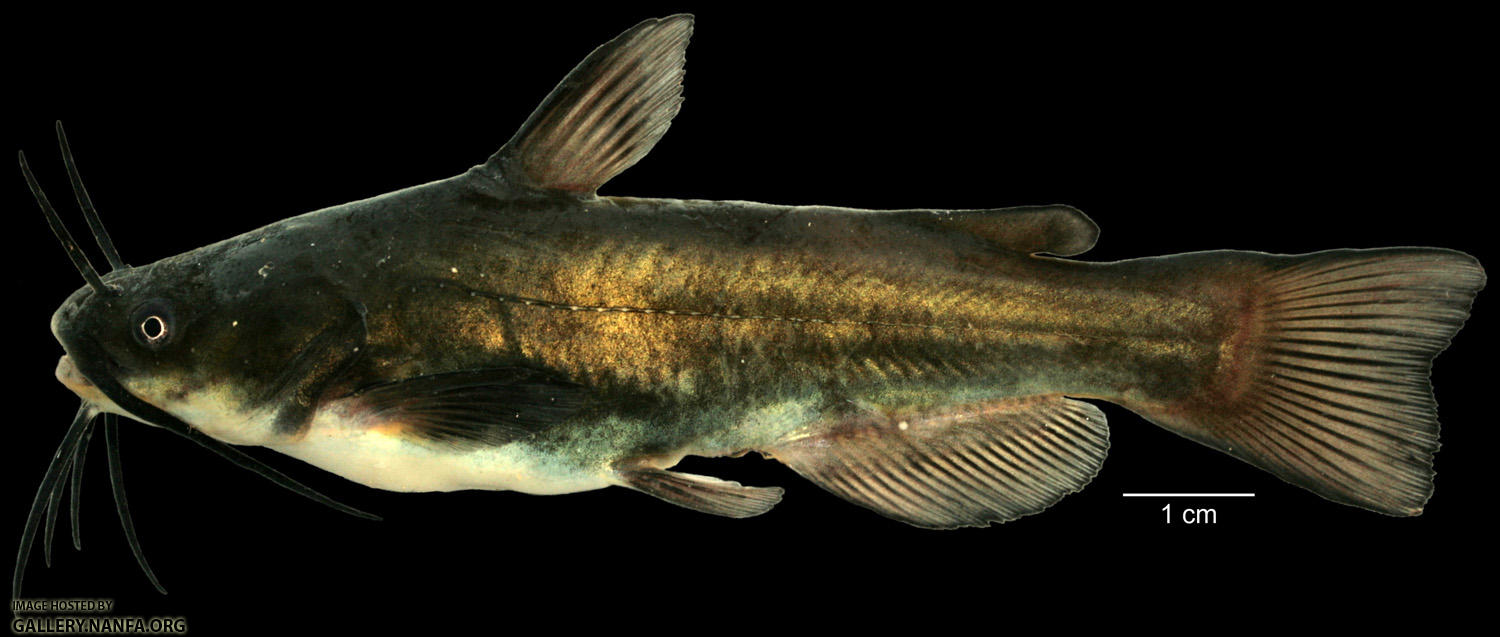 |
||
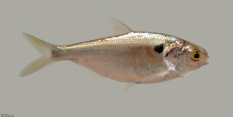 |
||
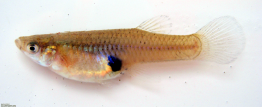 |
Photos courtesy Dave Neely
Teach me to keep track of the fish being caught so I can develop a “picture” of the size classes: the fish of each species that hatched the same year. A fisheries biologist would measure and record each fish caught – I will probably just keep “mental notes” of the fish being caught. Information about the catch is very important – I need to know how abundant each size class is and how well-fed they are – also known as their “condition.” Over-abundant size classes in poor condition are a sign that corrective steps need to be discussed with a fisheries biologist.
|
|
Photo courtesy Pamela Tilley Fisk | |
|
|
Photo courtesy D.W. Martin | |
|
|
Photo courtesy Nicholas Smith of Edmond, Oklahoma |
Teach me to understand that a balance is needed so the bass benefit the bluegill by keeping them cropped down, so they can find enough to eat. Give me fish harvest recommendations that will ensure this balance is maintained.
Courtesy Kentucky Department of Fish & Wildlife Resources
I need to know that it is not only “ok” to harvest bass, but essential to do so. If I keep returning bass to the pond in hopes of getting even bigger bass, they will begin to starve. To maintain healthy, growing bass, their numbers require “thinning” by the only predator that can do it: me.
Photo courtesy Allen Pattillo
Teach me to appreciate the plants growing on the pond’s edge and submerged in my pond. I do not think about them at all until there is a problem with excessive plant growth. Or I overuse herbicides to eliminate them, opening up the pond for problems with algae. Teach me that there is an optimal amount of plants to provide cover for escaping bass, finding insects for food, protecting shorelines against wave erosion and competing against algae so it does not become over abundant. I need not enjoy the appearance of pond plants but it is in my best interest to understand their utilitarian benefits.
Photo courtesy Marley Beem
Help me realize that developing a good pond takes patience and a multi-year perspective. It takes time for fish grow to a catchable size and to develop a good balance between predator and prey populations – the bass and bluegill. Likewise, years are required for a healthy, diverse pond plant community to mature. A watchful eye and understanding are needed to maintain balance, health and function.
Photo courtesy Kirk Turner
When these things are done and only then will ponds fulfill their intended purpose of being a reliable source of good quality water, of being self-sustaining, and of adding beauty to the landscape and pleasure to the experience of those who linger by their shores.
More information on pond management.
Marley Beem
Department of Natural Resource Ecology and Management

